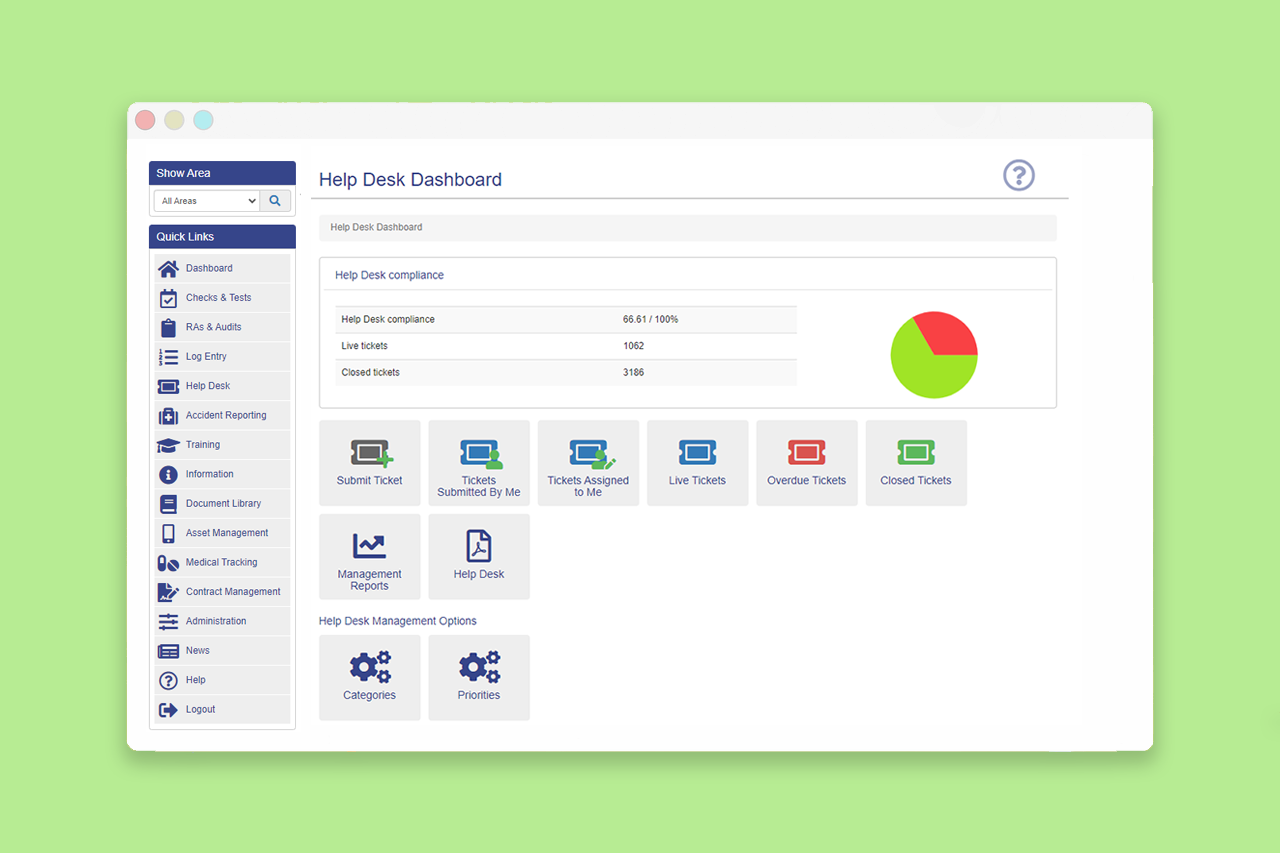Home / News / Top Tips for Writing Effective Health & Safety Procedures
Top Tips for Writing Effective Health & Safety Procedures
Health and safety, let’s face it, isn’t the most glamorous subject. It’s not something the majority of the population would get excited about; nevertheless it is a necessity. Everyone with your organisation, no matter how big or small it is, has a duty to comply with the framework set out by the Health & Safety at Work Act 1974, therefore it’s important that the procedures you use internally are easily accessible and digestible by all. All too often epic documents are produced that do indeed set out compliance information but are in no way user friendly or reflective of the fact that most employees don’t have hours available to trawl through the information. You don’t need to be the greatest wordsmith to get it right and here are a few pointers to help you produce a document that gets the balance on an even keel.

Writing & Formulating
When compiling your document keep the following four C’s front of mind:
Comprehensive – It’s essential your procedures are thorough and set out all the steps required in order to show due diligence. Omitting crucial information may leave you in breach of the law. Also, consider highlighting the reason behind the procedures’ existence. If they understand why it’s there in the first place they be more likely to comply and will be better equipped to make decisions should an instance arise whereby they cannot follow the procedure exactly.
Concise – This seems a bit at odds with ‘comprehensive’ but you can have a combination of the two. It is absolutely imperative that the document is as concise as possible. Many organisations cram as much information in as they can to ensure they fully comply with the Health & Safety at Work Act. But too much information leaves you at risk of losing the reader and jeopardises the success and purpose of the document.
Clear – Use visual aids wherever appropriate to make it easier for information to be seen and processed. Think flow charts, diagrams and symbols. Symbols are particularly useful at highlighting areas that are highly important or where decision making is necessary. Make sure symbols are easily recognisable and are used in a consistent manner throughout all your procedures. Include a table of contents to enhance usability and include checklists as a way to create a clear path for the reader, allowing them check they have met each step in the procedure.
Comprehensible – When writing any important document, but in particular those relating to health and safety practices, it is essential they can be understood by everyone with the organisation. Avoid the use of jargon, or if this is unavoidable ensure clear definitions are provided. It’s all too easy to forget that not everyone is familiar with health and safety terminology or business vocabulary.
Testing & Checking
The best way to check that your document is comprehensive, concise, clear and comprehensible is to get it tested by several people who will be using it in the future. Outline to them its purpose and explain what you are trying to achieve from the testing process. Consider providing them with some prompts at the beginning or end of the document to help them with their feedback, for example: ‘how long did it take you to read this?’, ‘were there any areas that you found difficult to understand?’. This way you are more likely to receive constructive comments. Two rounds of testing are preferable to make certain your document is as effective as possible.
Accessibility
Your procedures then need to be clearly communicated to all staff to whom they are relevant. If the procedures are new or you’re making extensive alterations to existing ones then consider scheduling a training session. This is the most effective way to ensure all relevant personnel are familiar with the changes but also to clarify why the changes have been made. It is common practice for procedures to be kept on a shared area within a company’s IT system so that individuals can access them whenever they need to. If any minor changes are made then relevant personnel should be informed and directed to the specific area of the document.



